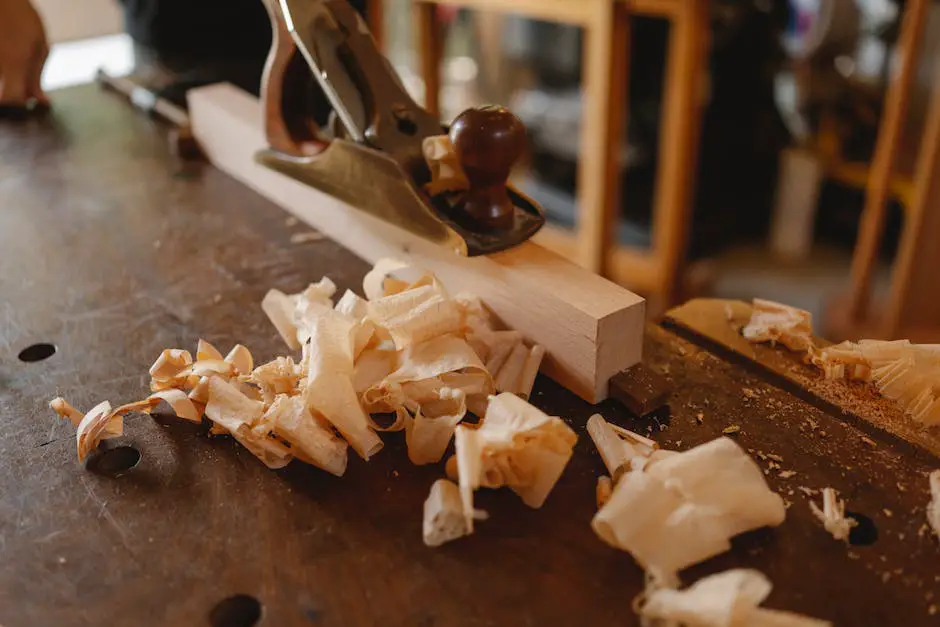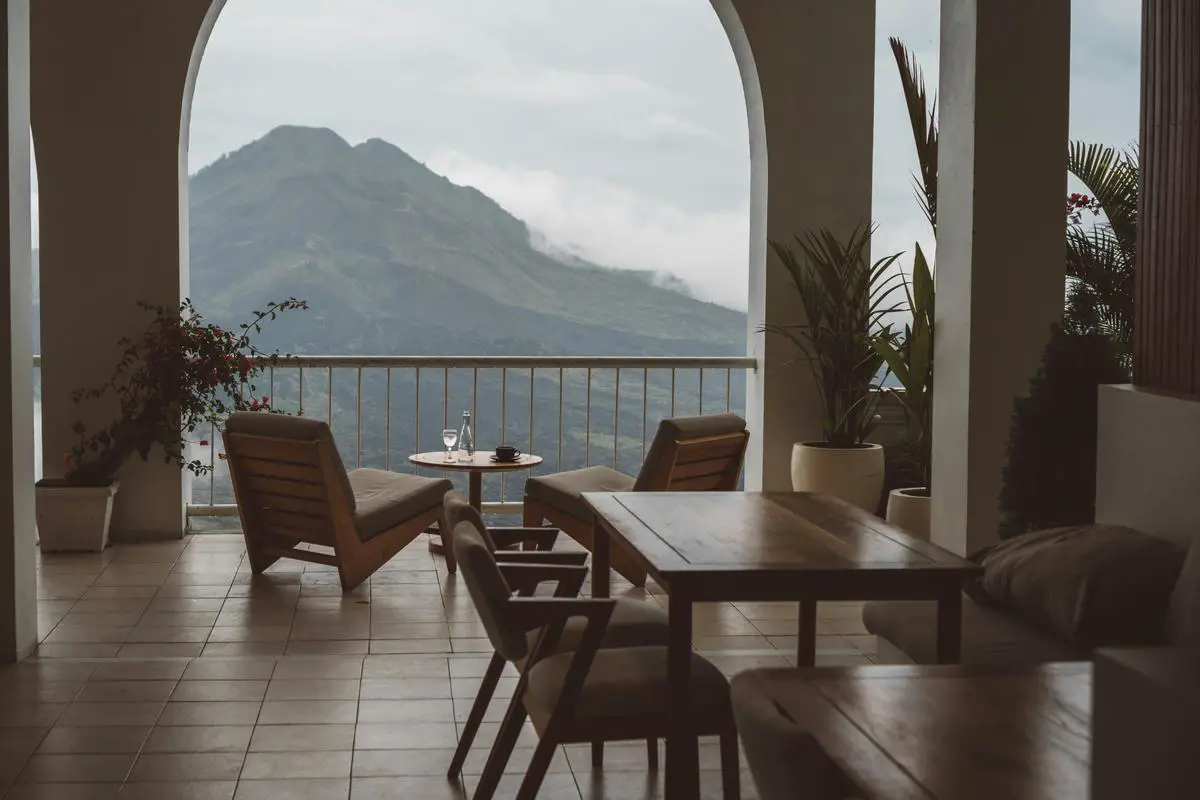When selecting the best approach for building a deck that’s both eye-catching and durable, understanding the significant roles played by material choice and construction techniques is crucial. This article aims to shed light on the various materials available for deck construction and the best practices in the building process that guarantee the longevity of these outdoor spaces. We’ll explore options ranging from traditional hardwoods to innovative composites and detail the construction methods that ensure these decks can weather the elements and stand the test of time.
Materials and Manufacturing Processes
Creating the Most Durable Decks: Materials and Processes Explored
In crafting the most durable and long-lasting decks, the choice of materials and construction processes plays a pivotal role. Homeowners and builders alike aim for a deck that not only looks appealing but can withstand the test of time and harsh weather conditions. This exploration dives into the various materials and techniques that contribute to the durability of decks.
Hardwood, composite materials, and pressure-treated lumber stand out as top contenders for durable deck materials. Hardwoods like Ipe, Teak, and Cumaru, known for their density and resistance to decay, bring a natural, luxurious look to decks. They contain oils that fend off pests and moisture, making them highly durable.
On the other hand, composite decking, crafted from a blend of wood fibers and plastics, offers a maintenance-free alternative to wood. These materials resist fading, staining, and mold, providing a long lifespan with minimal upkeep. Brands like Trex and TimberTech are lauded for their high-quality composite decks that closely mimic the look of natural wood.
Pressure-treated lumber, treated with chemicals to resist rot and insect damage, presents a cost-effective yet durable option. Often made from softer woods like pine, pressure treatment extends the life of these materials, making them suitable for deck framing and support.
The construction process is equally paramount to maximizing deck durability. Proper foundation and support are the foundation of a long-lasting deck. Concrete footings that extend below the frost line prevent shifting and settling. The use of galvanized or stainless steel fasteners ensures that connections remain strong and free from corrosion.
Moreover, the application of sealants or protective coatings on wood decks is critical for preventing moisture penetration and UV damage. Regular maintenance, including cleaning and re-sealing wood decks, further prolongs their lifespan.
The integration of modern techniques such as hidden fastener systems in composite decking enhances not only the aesthetic appeal by eliminating visible screws but also contributes to durability by reducing potential entry points for water.
Lastly, considering the deck’s exposure to the elements is crucial in the material and design phase. Structures with good drainage, proper ventilation, and those that avoid direct contact with soil tend to last longer. Implementing design elements such as adequate spacing between boards and protective awnings or shade structures can also mitigate weather-related damages.
In essence, the longevity of a deck hinges on a thoughtful selection of materials and a meticulous construction approach. Whether opting for the rich character of hardwood, the resilience of composites, or the economy of pressure-treated lumber, combining these with best building practices ensures a deck that endures, providing enjoyment for years to come.

Design and Structural Integrity
Design’s Impact on Electric Skateboard Deck Longevity
When it comes to electric skateboard decks, their durability isn’t solely dependent on the material from which they’re crafted. The design plays a pivotal role in determining their longevity. Specifically, the shape, structure, and additional features of a deck significantly influence how well it can withstand the rigors of use over time. This exploration delves into the lesser-discussed aspects of electric skateboard deck design and how these factors contribute to a longer-lasting skateboarding experience.
One critical design aspect is the overall thickness and curvature of the deck, commonly known as concave. A deck with a well-defined concave can offer more foot grip, which is crucial for controlling the skateboard during rides. This design detail not only enhances performance but also indirectly contributes to the deck’s longevity by reducing the likelihood of accidents that could lead to damage.
Furthermore, reinforcement plays a crucial role. Many electric skateboard decks incorporate materials such as fiberglass, carbon fiber, or even aluminum in their construction to increase strength and durability without significantly adding to the weight. These reinforcements are strategically placed in areas of the deck that experience the most stress during use, such as the middle portion where the deck bends the most when ridden.
The integration of technology and additional components into electric skateboard decks also affects their durability. For example, decks that house batteries and electronics for the skateboard’s operation need thoughtful design to protect these sensitive components from impact and environmental elements. Recessed compartments and sealed coverings are design solutions that not only safeguard the internal components but also contribute to the overall structural integrity of the deck.
In addition to these functional design elements, the surface treatment of the deck is another factor. Some electric skateboard decks feature grip tape with silica grit for enhanced traction, which can protect the deck’s surface from wear while offering the rider improved control. Over time, however, grip tape can become worn and may need replacement. The ease with which grip tape can be replaced without damaging the deck is a design consideration that can affect the skateboard’s long-term usability and aesthetic appeal.
Lastly, the design’s adaptability to user customization and repair can influence a deck’s lifespan. Designs that allow for easy replacement of components such as wheels, trucks, and even the deck itself can greatly extend the usable life of the electric skateboard. This modularity not only makes repairs more straightforward but encourages riders to maintain and upgrade their boards, ultimately contributing to sustainability.
In conclusion, the design of electric skateboard decks goes beyond mere aesthetics to directly impact their durability and longevity. Thoughtful design choices in structure, material reinforcement, integration of components, surface treatment, and adaptability all play integral roles. By considering these elements, manufacturers can create electric skateboards that not only perform better but also stand the test of time, offering riders a more rewarding and long-term skating experience.

Maintenance and Care for Deck Longevity
Ensuring the Longevity of Your Deck: Expert Insight on Maintenance and Durability Strategies
When it comes to extending the life of your deck, the devil is in the details. Besides selecting the right material and incorporating protective design elements, understanding the nuances of deck maintenance is crucial. This in-depth exploration delves into lesser-known yet vital practices for maintaining deck durability, drawing upon expert opinions and the latest in decking technology.
One often overlooked aspect of deck durability is the role of proper drainage and ventilation. Ensuring your deck has adequate space underneath for air to circulate can prevent moisture buildup, which is a primary culprit in wood decay. Moisture can not only lead to the rotting of wood but can also encourage the growth of mold and mildew, which are detrimental to both the deck’s structure and appearance. Experts recommend keeping at least 18 inches of clearance between the underside of the deck and the ground, promoting a dry and healthy deck environment.
Color choice might seem purely aesthetic, but it plays a significant role in a deck’s longevity. Darker colors absorb more UV light, which can lead to faster degradation of the material, whether wood or composite. Opting for lighter shades can reflect sunlight, reducing the temperature of the deck surface and mitigating the risk of heat damage over time. This is particularly relevant for homeowners in sunny climates, where the sun can be relentless.
The significance of end grain sealer for wood decks cannot be understated. The end grains of deck boards are especially vulnerable to moisture. Applying an end grain sealer immediately after installation can drastically reduce the likelihood of splitting and cracking. This small step, often skipped, can extend the lifespan of a wood deck considerably.
Incorporating gutter systems on elevated decks is another smart strategy to enhance durability. Water diversion systems can help manage rainwater, directing it away from the deck structure. This not only protects the deck’s material from prolonged water exposure but also safeguards the underlying foundation from potential water damage. Innovative solutions in the market make it easier for homeowners to install such systems, even as a retrofit.
Lastly, the integration of smart home technology offers intriguing possibilities for deck maintenance. From automated cleaning systems to sensors that monitor humidity levels and structural integrity, technology is set to revolutionize how we care for our outdoor living spaces. Although in its nascent stages, this approach represents a forward-thinking methodology in preserving deck durability while minimizing manual upkeep.
In conclusion, maintaining a durable deck requires a multifaceted approach that goes beyond the basic care routines. By understanding the intricacies of deck construction and embracing both traditional and innovative maintenance practices, homeowners can ensure their decks remain a lasting part of their outdoor living experience. From smart color choices to the integration of technology, the path to a durable, long-lasting deck is paved with insight and ingenuity.

Photo by p_kuzovkova on Unsplash
Innovations in Deck Durability
In the thriving world of outdoor living spaces, the quest for longer-lasting decks has prompted a surge in technological advancements and innovative materials. These trends not only aim to enhance the durability and lifespan of decks but also introduce an era of minimal maintenance, thereby revolutionizing the way we perceive and interact with our outdoor havens.
Thermal Modification: A Game-Changer for Wood Durability
Among the cutting-edge innovations, thermal modification of wood has emerged as a standout technique. This process involves heating wood to high temperatures in a controlled environment, fundamentally altering its chemical and physical properties. The result? Wood that boasts increased resistance to moisture, decay, and pests—qualities paramount for enduring deck materials. Species like ash and pine, typically more susceptible to outdoor elements, are transformed into robust options for decking, rivaling the durability of traditional hardwoods.
The Rise of Eco-Friendly Deck Coatings
As environmental awareness takes center stage, the demand for eco-friendly solutions has soared. In response, the market has seen an influx of water-based deck coatings that not only extend the life of decks but do so with a minimal ecological footprint. These innovative coatings offer superior protection against UV rays, moisture, and wear, while being non-toxic and safe for both pets and children. Their ability to penetrate deep into wood surfaces also means enhanced durability without compromising the natural aesthetics of the material.
Smart Deck Monitoring Systems: The Future of Maintenance
Perhaps one of the most intriguing advancements is the integration of smart technology into deck maintenance. Smart deck monitoring systems are poised to redefine deck upkeep. These systems can alert homeowners to issues such as structural weaknesses, water damage, or necessary refinishing tasks before they escalate. Equipped with sensors, these smart systems can monitor humidity levels, temperature fluctuations, and even the structural integrity of the deck, ensuring proactive maintenance and extending the deck’s lifespan.
Material Innovations: From Bamboo to Mineral-Based Composites
The search for sustainable yet durable materials has led to the exploration of alternatives like bamboo and mineral-based composites. Bamboo, with its rapid growth cycle and remarkable strength-to-weight ratio, offers a sustainable choice that doesn’t sacrifice performance. On the other hand, mineral-based composites present a revolutionary approach by combining recycled plastic with minerals to create decking that’s virtually indestructible. These materials not only resist fading, staining, and scratching but also mitigate the expansion and contraction typically seen in purely plastic composites.
The Path Forward: Sustainability Meets Durability
As we look toward the future, it’s clear that the trajectory of deck innovation is firmly aligned with sustainability and durability. Manufacturers and consumers alike are prioritizing materials and technologies that offer longevity, resilience, and minimal environmental impact. From the thermal modification of wood to the development of smart monitoring systems, these innovations are setting a new standard for outdoor living spaces. They promise decks that not only stand the test of time but do so in harmony with the planet, ensuring that our outdoor retreats remain both beautiful and sustainable for generations to come.

Through a meticulous examination of materials, construction methods, and cutting-edge technologies, this article emphasizes the importance of informed choices and best practices in crafting decks that are not only aesthetically pleasing but also structurally sound and environmentally friendly. As advancements in materials and technology continue to evolve, the potential for creating durable, sustainable decks that serve as cherished extensions of our homes is boundless. Engaging with these innovations allows us to envision and realize outdoor spaces that will be enjoyed for many years, blending beauty, functionality, and care for the environment into the heart of our outdoor living areas.

